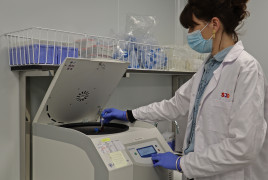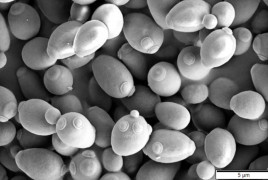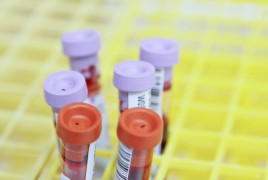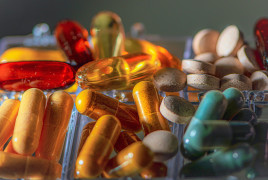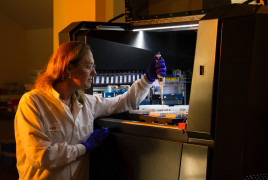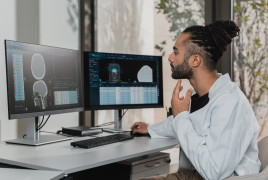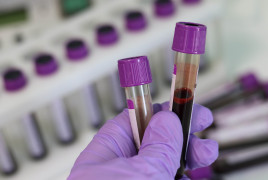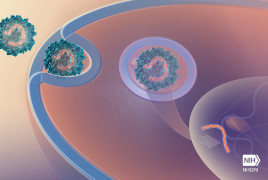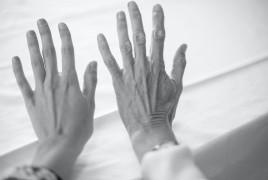A patient-turned-researcher advocates for transparent science in rare disease research
Richard Rui Yang is a Hong Kong-based researcher affected by Bietti crystalline dystrophy (BCD), a rare retinal degeneration disease characterised by small sparkling crystalline deposits in theA functional study helps describe a new severe metabolic syndrome caused by Coenzyme A deficiency
The Journal Inherited Metabolic Disease has published a study from the Spanish Network Research Centre for Rare Diseases (CIBERER) describing a new inborn error of metabolism generated by a failure inBiomarkers as key players in drug development
A biological marker or biomarker is a molecule or parameter that can measure a state of health or disease. It can be used to detect a disease, a physiological change, a response to a treatment or aThe reconstruction of ancestral proteins from the CRISPR-Cas system opens up new possibilities for gene editing
An international research team, led by Raúl Pérez Jiménez from the CIC nanoGUNE (San Sebastián-Donostia, Spain), has managed to reconstruct, through bioinformatics tools and for the first time, theA fragrance helps neutralise the smell caused by fish odour syndrome
As unusual as it may seem, the collaboration between a paediatric hospital and a multinational perfume company can bear very good results. Paediatrician Beatriz Mínguez was covering a sick leave for aNew point-of-care device to facilitate monitoring of hereditary and hepatic metabolic disorders
The Sensors and Biosensors Group (GSB) of the UAB Department of Chemistry, with the collaboration of researchers Rafael Artuch and Xavier Rosell of the Sant Joan de Déu Research Institute, haveWhat is gene therapy? Basic concepts and current state of research
Gene therapy fixes genetic mutations that cause a pathology or the malfunction of a biological process by introducing a “correct” copy of the affected gene into our cells. We can achieve this inFirst clinical guidelines for Schaaf-Yang syndrome addressed to professionals and families
A research group led by the Sant Joan de Déu Research Institute (IRSJD) has published the first clinical guidelines dedicated to Schaaf-Yang syndrome (SYS), an ultra-rare disease that develops due to

